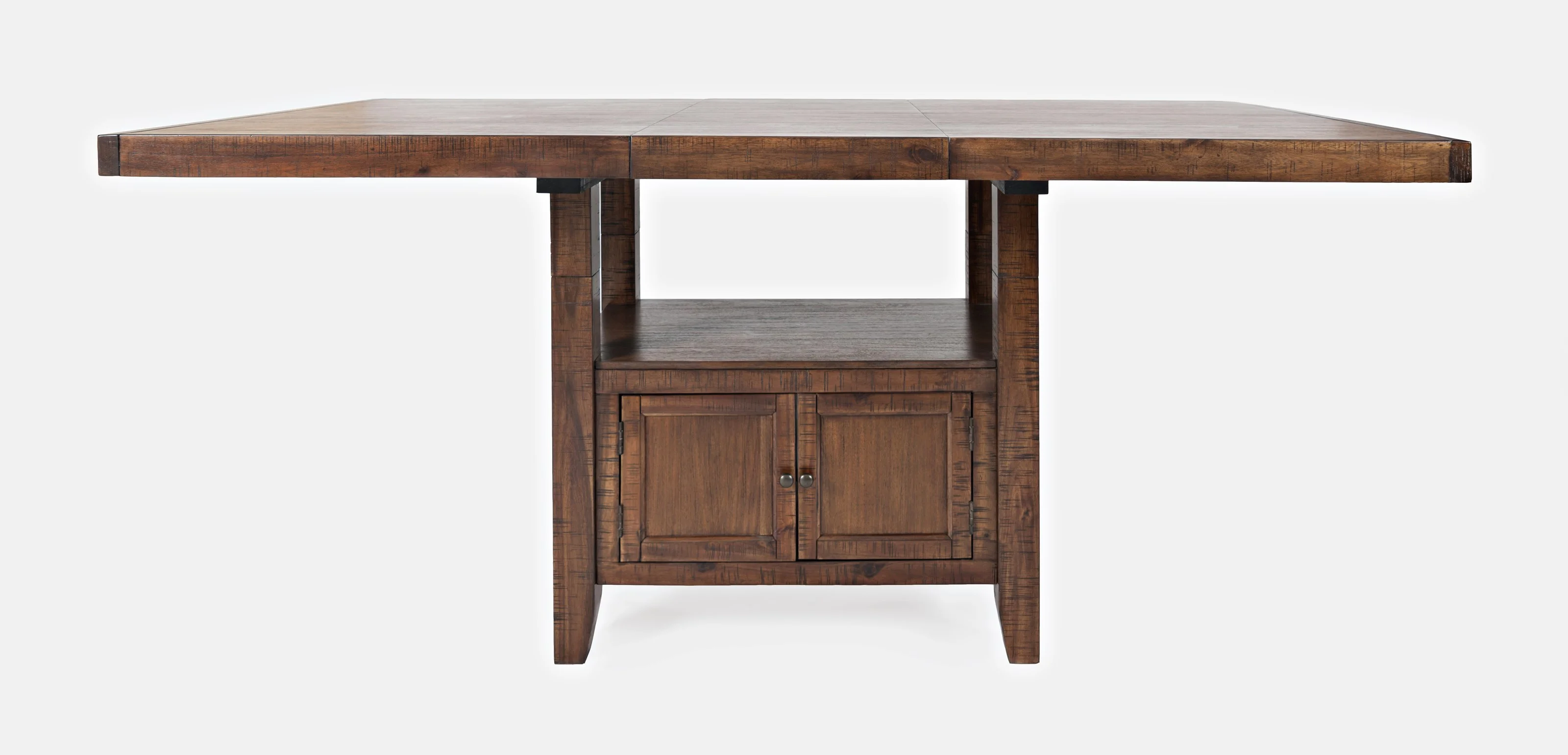Transform Your Dining Space with Stylish Dining Room Table Legs
From Standard to Modern: Discover the Perfect Eating Area Table Legs for Your Style
While traditional layouts such as cabriole and transformed legs evoke a sense of classic sophistication, contemporary designs like barrette and geometric options present a possibility for striking visual interest. As you think about these components, the question remains: exactly how can you flawlessly incorporate these diverse leg styles to create a harmonious eating experience?
Comprehending Table Leg Styles
The range of eating space table leg styles can substantially affect both the visual appeals and functionality of the space. Each leg design adds one-of-a-kind aesthetic components and sensible attributes, satisfying diverse layout choices and usage requirements. Understanding these styles is essential for selecting the right table that straightens with your general interior decoration vision.
For example, conical legs use a clean, traditional appearance that can enhance a room's style, while stand bases offer stability and optimize legroom, making them optimal for smaller rooms. Barrette legs, a trademark of mid-century modern layout, introduce a commercial style, permitting a ventilated, open feeling. Similarly, trestle legs stimulate rustic appeal, offering durable support and a sense of eternity.
Wood legs can bring heat and structure, whereas steel options commonly convey a smooth, modern ambiance. Ultimately, comprehending table leg designs is important for producing a natural eating area that shows individual design while ensuring functionality and convenience.
Typical Table Leg Options
When selecting dining-room table legs, typical options typically personify classic elegance and craftsmanship. These styles show an abundant heritage and a dedication to quality, making them optimal for those that value timeless visual appeals.
One of one of the most famous typical leg designs is the cabriole leg, identified by its elegant curved shape. This design frequently features decorative carvings and is most typically discovered in Queen Anne and Chippendale furniture. One more prominent choice is the transformed leg, which flaunts a series of smooth, rounded shapes that offer a traditional look while preserving stability.
Moreover, the straight leg, while straightforward, supplies a unadorned and sturdy framework that can mix flawlessly with a range of tabletop designs. For those drawn to ornate describing, claw-and-ball feet legs evoke a sense of magnificence and can work as a spectacular prime focus in any type of eating room.
Lastly, pedestal bases, although not strictly legs, provide a different standard choice that enables ample legroom and can be perfectly sculpted. Each of these conventional leg styles adds to the general ambiance of an eating space, marrying feature with aesthetic allure.

Modern Table Leg Designs
Modern table leg styles offer a varied variety of designs that emphasize ingenious products and clean lines. These layouts typically focus on performance while functioning as striking centerpieces within an eating space. Minimal aesthetic appeals prevail, with legs crafted from products such as steel, glass, and engineered timber, which contribute to a contemporary and ventilated feeling.
One internet prominent layout is the hairpin leg, defined by its slim, tapered framework that supplies stability without overwhelming the table top (dining room table legs). This style is usually found in mid-century contemporary furnishings and can effortlessly complement different dining table forms. An additional trend is the use of geometric shapes, where legs might take on asymmetrical or angular forms, adding aesthetic passion and a touch of artistry

Blending Styles for Unique Spaces
Often, homeowners look for to develop special eating areas that reflect their individual design by blending various design components. This strategy enables the consolidation of diverse aesthetics, causing an unified yet unique environment. As an example, combining a rustic wooden table with sleek, modern-day metal legs can create an eye-catching comparison that raises the room's total charm.
Additionally, More Bonuses incorporating vintage table legs with contemporary tabletops can stimulate a feeling of background while maintaining a modern perceptiveness. Such mixes not just showcase individual preference but additionally encourage creative thinking, enabling homeowners to curate an area that really feels both personal and welcoming.
Color plays an essential duty in this blending process; picking table legs that match or comparison with the existing color pattern can enhance aesthetic interest. For instance, whitewashed legs can soften the daring of a dark table surface, producing a well balanced aesthetic.
Tips for Choosing the Right Legs
Choosing the right table legs is crucial for achieving both capability and visual charm in your eating room. Begin by considering the general design of your room. Conventional setups profit from legs that feature complex makings or turned styles, while modern spaces might require streamlined, minimalist designs.
Next, analyze the height and security of the legs. dining room table legs. Common eating tables range between 28 to 30 inches in elevation, so make certain the legs match this dimension for convenience. In addition, durable materials, such as hardwood or steel, can boost security and longevity
Assess the leg shape also-- alternatives consist of straight, tapered, or pedestal styles. Straight legs use a traditional appearance, while conical legs can include a touch of style. Pedestal bases provide ample legroom and are perfect for smaller rooms.
Verdict
In recap, picking the ideal dining space table legs needs careful consideration of both typical and modern-day designs. By balancing leg style, height, and product with the total decoration, a natural and welcoming environment can be attained.
The range of eating room table leg styles can substantially affect both the aesthetic appeals and performance of the room. Eventually, recognizing table leg designs is necessary for developing a cohesive dining location that reflects see here individual style while making certain usefulness and convenience.One of the most iconic standard leg styles is the cabriole leg, defined by its stylish bent form. Straight legs offer a timeless look, while tapered legs can include a touch of beauty.In summary, selecting the ideal dining room table legs requires cautious consideration of both modern-day and standard designs.